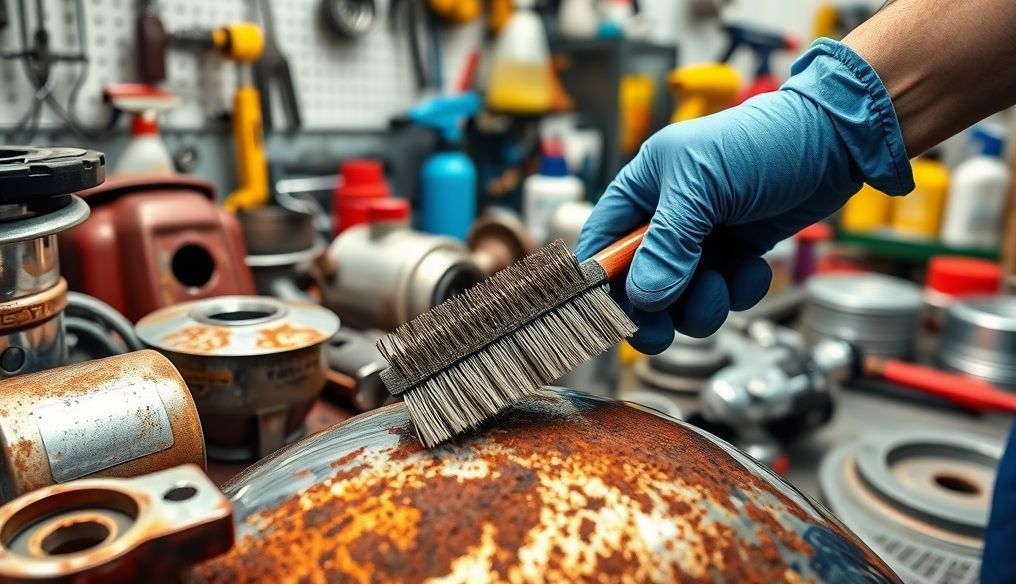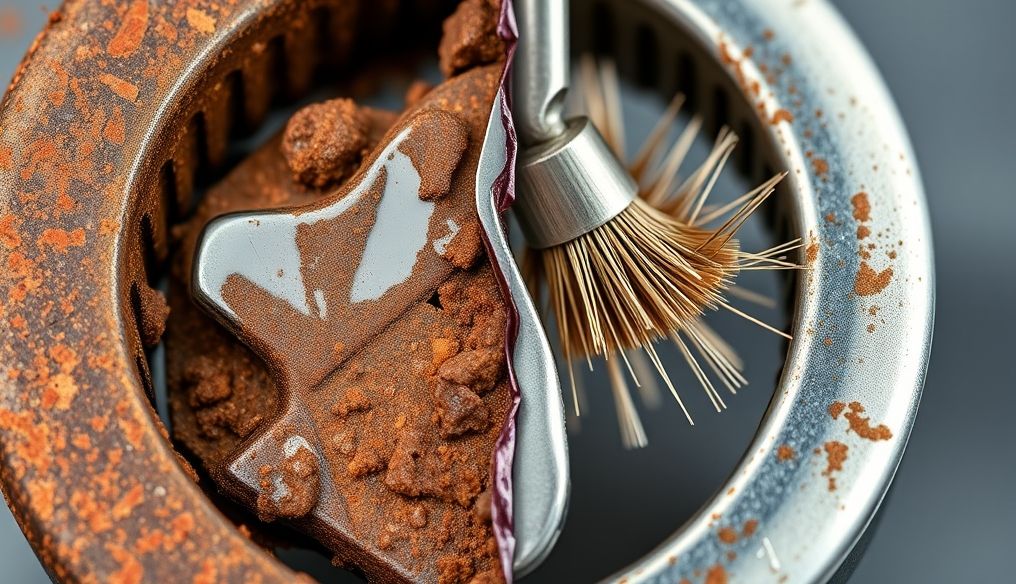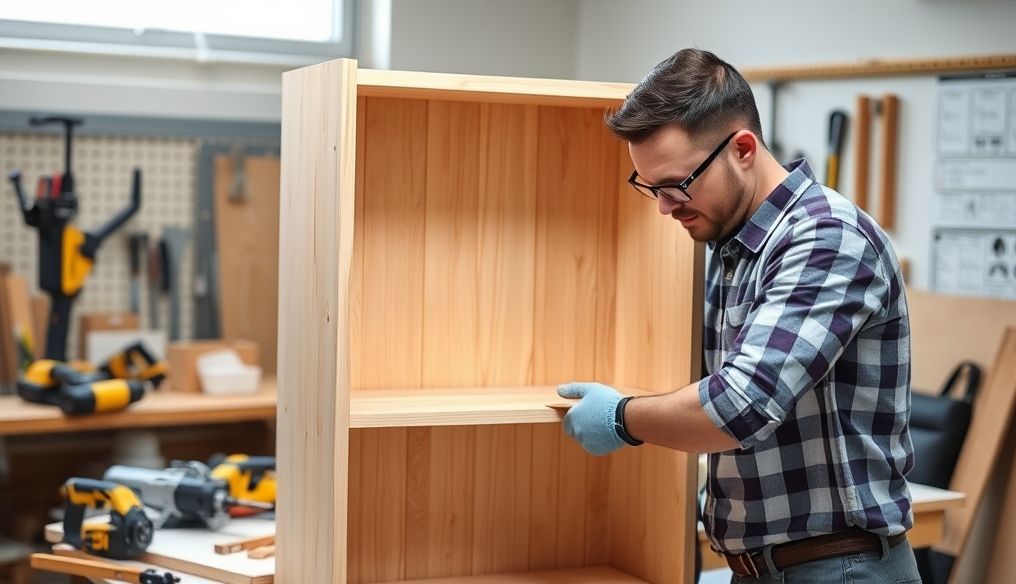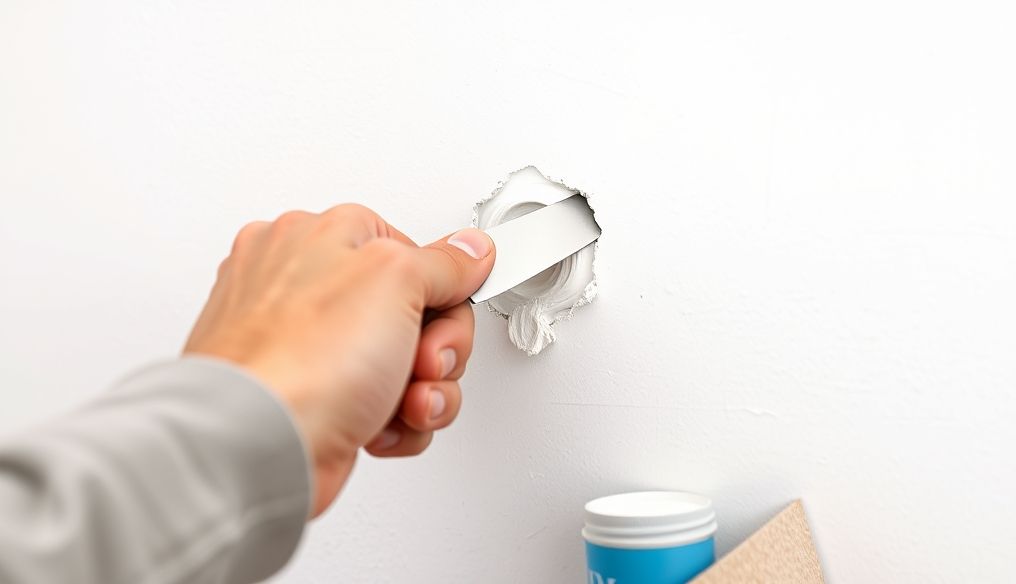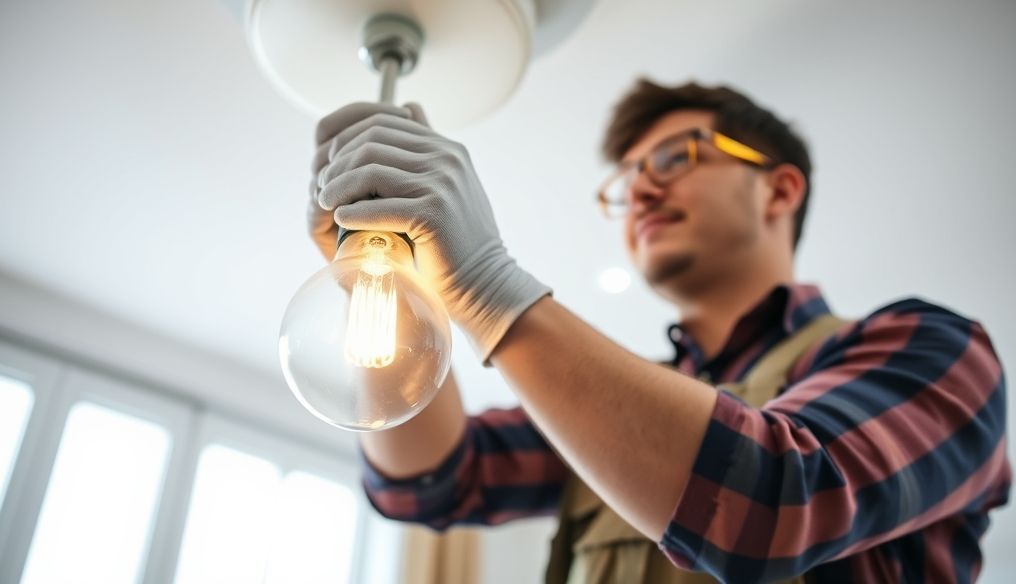Introduction: Rust - The Hidden Enemy of Metals
Rust, that reddish-orange coating that appears on metal surfaces, is not just an aesthetic problem, but a sign of metal corrosion and deterioration. Rust is formed by the reaction of iron or its alloys (such as steel) with oxygen and water, a process known as oxidation. If rust is left untreated, it can significantly weaken the metal, leading to damage or even collapse.
Fortunately, there are many effective ways to remove rust and restore the shine of metal surfaces. These methods range from using simple household materials to using specialized commercial solutions. In this article, we will review a variety of these methods, focusing on how to choose the appropriate method for the type of metal and the extent of the rust.
Chapter 1: Understanding Rust and its Different Types
What is Rust and How Does it Form?
Rust is hydrated iron oxide, a chemical compound formed when iron reacts with oxygen in the presence of water or moisture. This chemical process leads to corrosion of the metal surface, resulting in the characteristic rust layer.
Different Types of Rust
Rust varies in appearance, texture, and chemical composition depending on environmental conditions and the type of metal. Some common types include:
- Surface Rust: A thin layer of rust that appears on the surface of the metal. It is often easy to remove.
- Flaking Rust: A thick layer of rust consisting of accumulated scales. It may be difficult to remove.
- Deep Rust: This type of rust extends into the metal, significantly weakening it.
- Red Rust: The most common type, consisting of hydrated iron oxide.
- Black Rust: Forms in oxygen-deficient conditions, often found in pipes and tanks.
Chapter 2: Tools and Materials Needed to Remove Rust
Before you start removing rust, it is important to make sure you have the right tools and materials. Some basic tools and materials include:
- Wire Brush: To remove surface and flaking rust.
- Sandpaper: To smooth the metal surface after removing rust.
- Gloves and Safety Glasses: To protect your hands and eyes from chemicals and flying particles.
- Cleaner: To remove dirt and grease from the metal surface.
- Rust Remover: Can be a commercial rust remover or a homemade solution.
- Clean Cloth: To dry the metal surface after removing rust.
- Protective Paint: To prevent future rust formation.
Chapter 3: Simple Home Methods for Removing Rust
There are many simple and effective home methods for removing light to moderate rust. Some of these methods include:
White Vinegar
White vinegar is a weak acid that can dissolve rust. Soak the rusty metal piece in white vinegar for several hours, or overnight if the rust is severe. After that, scrub the rust with a wire brush or a rough cloth.
Baking Soda
Make a paste of baking soda and water. Apply the paste to the rusty area and leave it for an hour or two. Then scrub the rust with a wire brush or a rough cloth.
Lemon Juice and Salt
Sprinkle salt on the rusty area and then pour lemon juice over it. Leave the mixture for 2-3 hours, then scrub the rust with a wire brush or a rough cloth.
Potato and Soap
Cut the potato in half and dip one half in soap. Rub the rusty area with the potato, making sure the soap comes into contact with the rust. The oxalic acid in the potato will help break down the rust.
Chapter 4: Using Commercial Rust Removers
If home methods are ineffective, or if the rust is severe, you may need to use a commercial rust remover. There are many types of rust removers available on the market, including:
- Acidic Rust Removers: These removers contain strong acids that can dissolve rust quickly. They should be used with caution and follow the manufacturer's instructions carefully.
- Alkaline Rust Removers: These removers contain alkaline substances that can convert rust into a protective layer. They are often safer than acidic rust removers.
- Neutral Rust Removers: These removers contain chemicals that work to break down rust without damaging the metal.
When using a commercial rust remover, be sure to wear gloves and safety glasses, and work in a well-ventilated area. Follow the manufacturer's instructions carefully.
Chapter 5: Removing Rust from Tools and Appliances
Rust stains can accumulate on metal tools and appliances, affecting their performance and lifespan. To remove rust from tools and appliances, you can follow these steps:
- Clean the tool or appliance to remove dirt and grease.
- Soak the tool or appliance in white vinegar or a commercial rust remover.
- Scrub the rust with a wire brush or sandpaper.
- Rinse the tool or appliance with water and dry it thoroughly.
- Apply a layer of oil or grease to protect the metal from future rust.
Chapter 6: Removing Rust from Cars and Motorcycles
Rust can be a major problem for cars and motorcycles, as it can lead to corrosion of the vehicle's body and mechanical parts. To remove rust from cars and motorcycles, you can follow these steps:
- Clean the rusted area to remove dirt and grease.
- Use a wire brush or sandpaper to remove surface rust.
- Apply a commercial rust remover to the rusted area.
- Allow the rust remover to work according to the manufacturer's instructions.
- Rinse the area with water and dry it thoroughly.
- Apply a layer of protective paint to prevent future rust formation.
Important Note: If the rust is severe, you may need to consult a specialist to repair the damage.
Chapter 7: Preventing Future Rust Formation
Prevention is better than cure! There are many ways to prevent future rust formation, including:
- Keep Metal Surfaces Clean and Dry: Clean metal surfaces regularly to remove dirt, dust, and moisture.
- Paint Metal Surfaces: Paint metal surfaces with a protective layer of paint to prevent oxygen and water from reaching the metal.
- Use Rust-Resistant Materials: When buying new metal products, choose products made from rust-resistant materials such as stainless steel or aluminum.
- Apply Lubricants: Apply lubricants to moving parts of equipment and tools to prevent friction and corrosion.
- Store Tools and Equipment in a Dry Place: Store tools and equipment in a dry, cool place to prevent rust formation.
Chapter 8: Additional Tips and Cautions
- Test the Rust Remover on an Inconspicuous Area: Before using any rust remover, test it on a small, inconspicuous area of the metal to make sure it does not cause any damage.
- Wear Appropriate Safety Gear: When using any chemicals, wear gloves and safety glasses to protect your hands and eyes.
- Work in a Well-Ventilated Area: When using any chemicals, work in a well-ventilated area to avoid inhaling harmful fumes.
- Dispose of Rust Removers Properly: Follow the manufacturer's instructions for disposing of rust removers properly.
- Consult a Professional if Necessary: If the rust is severe or if you are not sure how to remove it, consult a professional.
By following these tips and techniques, you can effectively remove rust and restore the shine of metal surfaces in your home, car, or tools. Always remember that prevention is better than cure, so take steps to prevent rust formation in the future.
